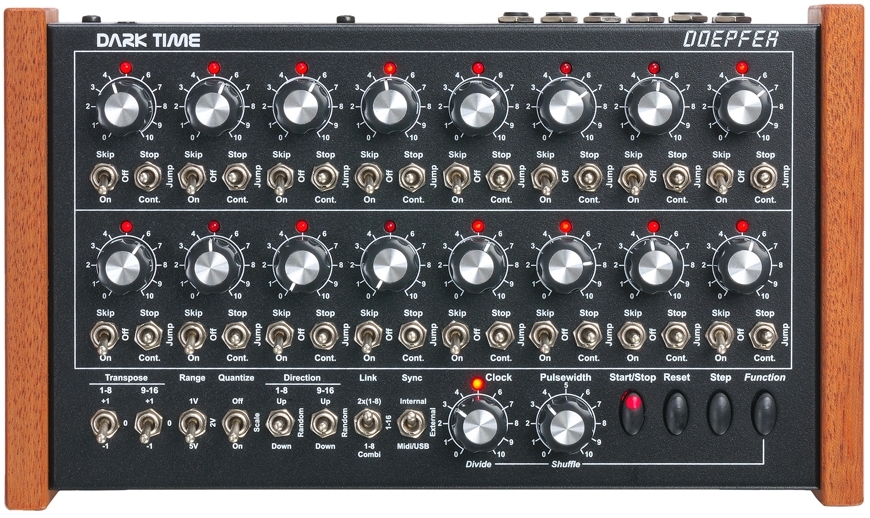yeah, this would be interesting…
though, I’d say it’d be a bit of departure from how things work at the moment…
my experience with modular sequencers is many are built with this goal at the outset, since its a very modular thing to do, many are derived from ‘step sequencers’ - often being driven by a single pulse clock simply moving thru steps / backwards n’ forwards… this is a very simple model.(*)
whereas, Hapax more comes from the traditional piano roll/daw model.
this is much more complex, since we don’t really have a step at all, every step can be split down into micro steps ( 1/768th of a note) … then we have micro timing, so things are not even then neatly aligned to steps. so basically, you can see it as ‘continuous’ time, not steps at all.
so this liberal way of moving around becomes much more complicated.
on top of this, its being moved by a tempo clock, rather than simply a pulse, again because time is seen as continuous NOT a step operation.
thats not to say it could not be done, but its nowhere near as simple as most modular sequencers that allow for it… and the continuous time, means it has to be different.
Its an interesting area, and something many asked for in Hermod (given it was in the Eurorack space, that was kind of natural) … we did get something in this area for Hermod (a kind of stepping mode) , so perhaps that might come to Hapax?
(though its not what you are asking for)
but for sure we can dream 
(*) even in Eurorack Ive noticed, the more complex the sequencer… the less freedom you get in this area … e.g. a simple doephfer analog sequencer is much more ‘open’ in this area, than my complex USTA.

